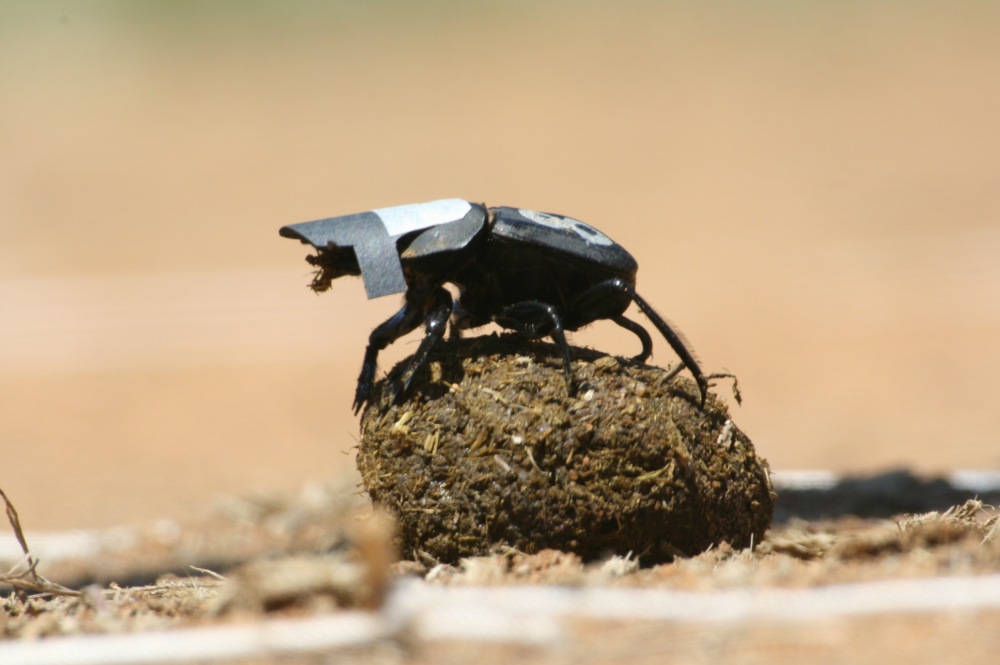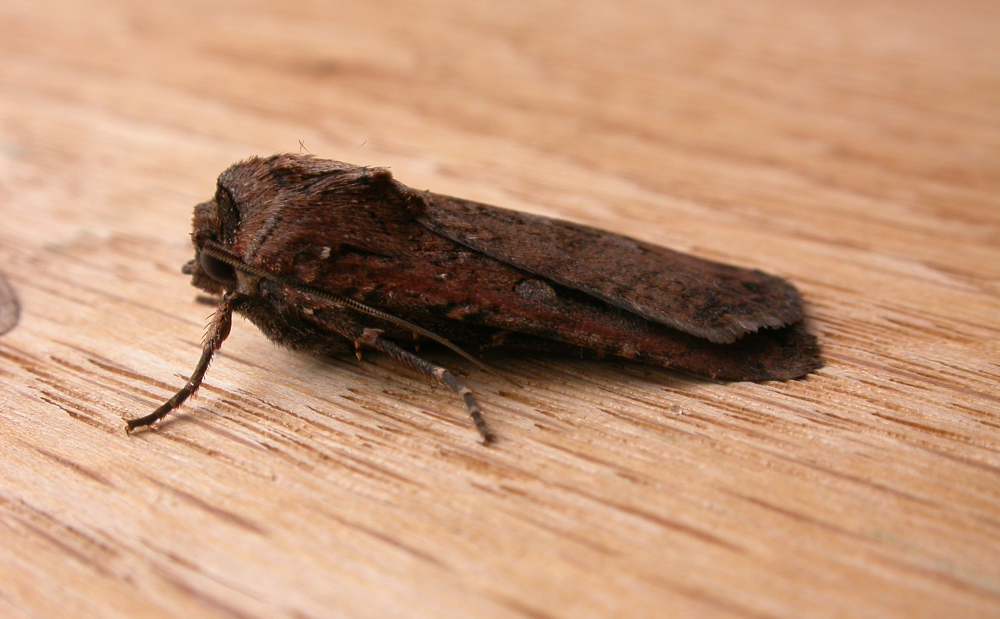The sky at night. It inspires awe. It inspires thoughts of an existential nature: Who are we? Why are we here? And, perhaps most importantly of all, in which direction should I roll this big ball of shit? That is, if you’re a dung beetle.
The rest of this article is behind a paywall. Please sign in or subscribe to access the full content.
Yes, in 2013, the global community was stunned by the first report of an insect using a galaxy for orientation. Reaching this groundbreaking discovery required wit, it required cunning, and best of all, it required putting little hats on dung beetles.
“African ball-rolling dung beetles exploit the [Sun], the [Moon], and the celestial polarization pattern to move along straight paths, away from the intense competition at the dung pile,” wrote the study authors. “Even on clear moonless nights, many beetles still manage to orientate along straight paths. This led us to hypothesize that dung beetles exploit the starry sky for orientation, a feat that has, to our knowledge, never been demonstrated in an insect.”

The Handmaid’s Tale, or scientific study? You decide.
Image credit: Marcus Byrne
To find out, they set up some dung beetles in little arenas in the Wits Planetarium and popped cardboard caps on their heads. These caps obscured different visual fields for the Scarabaeus satyrus contestants, enabling them to study how blocking out certain celestial stimuli altered their performance in rolling big balls of poop under various night sky conditions.
What they saw revealed that the beetles roll their dung balls along straight paths under a starlit sky but lose this ability under overcast conditions. In the planetarium experiment, they were able to orient equally well when rolling under a full starlit sky as they were when only the Milky Way was present.
The team also discovered that, if a little lost, the beetles will climb on top of their dung balls and perform a little orientation “dance”. This makes it easier for them to locate some light sources that can put them back on course, and they may even have a hierarchy of preference when it comes to choosing between the stars, the Moon, and the galaxy.
“The use of this bidirectional celestial cue for orientation has been proposed for vertebrates, spiders, and insects, but never proven,” concluded the authors. “This finding represents the first convincing demonstration for the use of the starry sky for orientation in insects and provides the first documented use of the Milky Way for orientation in the animal kingdom.”

Side profile of an adult Bogong moth.
Another star-savvy invertebrate recently hit the news as it was discovered that Bogong moths (Agrotis infusa) fly up to 1,000 kilometers (621 miles) navigating by the night sky. In another experiment that set a bunch of insects loose in a planetarium, it was found that when the stars were projected on the roof to match their true positions, the moths flew in the correct direction for their seasonal migration and didn’t waver when the positions were rotated between the start and end of the night.
When the locations of the stars were flipped north to south, the moths turned and flew in the opposite direction from the one that would take them to shelter. Somehow, these creatures can navigate by the stars, like an ancient mariner.
Something to ponder the next time you can’t remember where you parked your car.
Source Link: First Insect Proven To Use Milky Way For Orientation Uses Its Superpower To Push Big Balls Of Poop